#tradition
Text
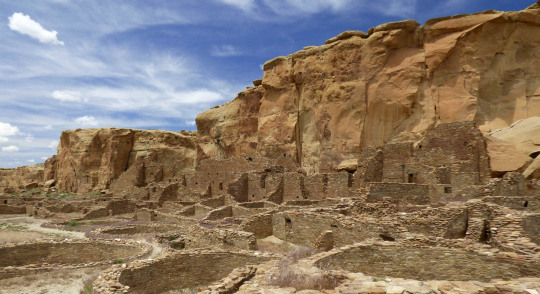

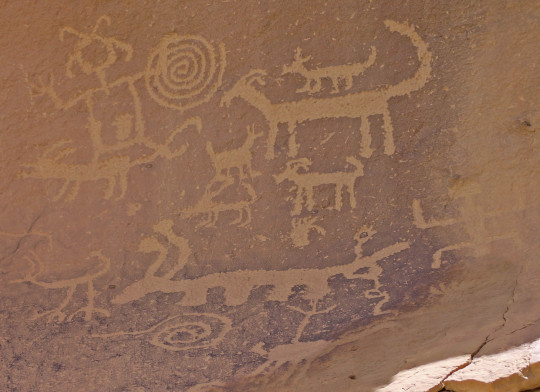


Chaco Canyon is one of the most inaccessible National Parks in the country. Although it is well-known, there is no easy way to get there and there are no amenities once you arrive. The closest town is 60 miles away. There’s a gas station on the main road, near where you turn off on Highway 550. That’s the last opportunity for gas, water, snacks, sunscreen and supplies.
Furthermore, there is no good road to Chaco Canyon. Bluntly, it feels like an Indiana Jones expedition the moment you turn off the main road. The jolting journey evolves from a deceivingly decent dirt road to not so good to face rattling off your skull for a couple of miles. Also, there's a large wash on the way, which can become impassable during heavy storms. Don’t be daring, because there’s no cell phone reception either.
#Native American#New Mexico#roadtrip#NativeAmerican#history#heritage#tradition#culture#daytrip#virtualtravel#instatravel#travelgram#NewMexico#historygeek#offthebeatentrack#leavenotrace#joltyourjourney#earthshotz#AncestralPuebloan#ChacoCanyon#indigenous#archaeology#anthropology#instagramersnm#igersnm
24 notes
·
View notes
Text

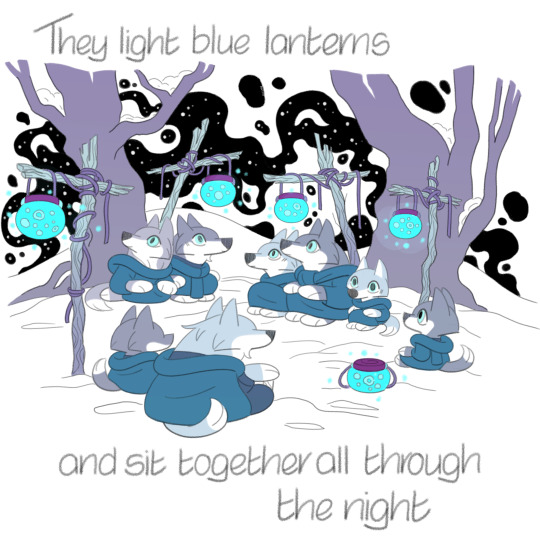


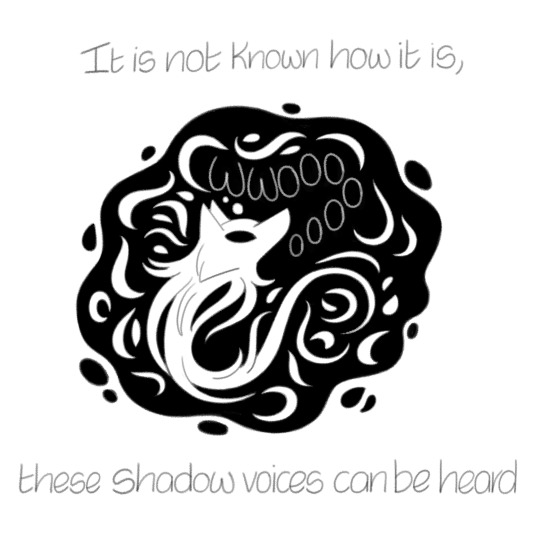



Night Vigil
4K notes
·
View notes
Text





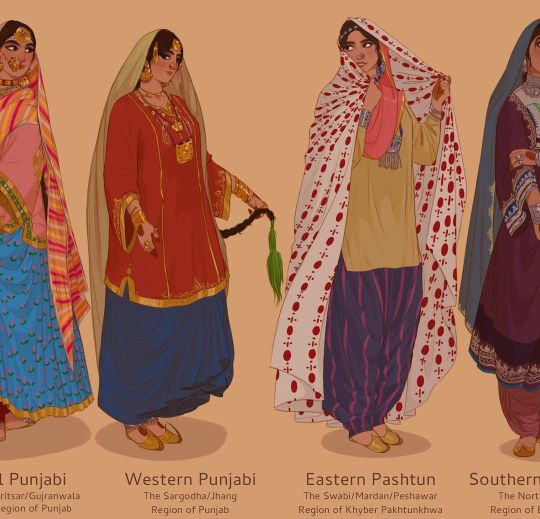



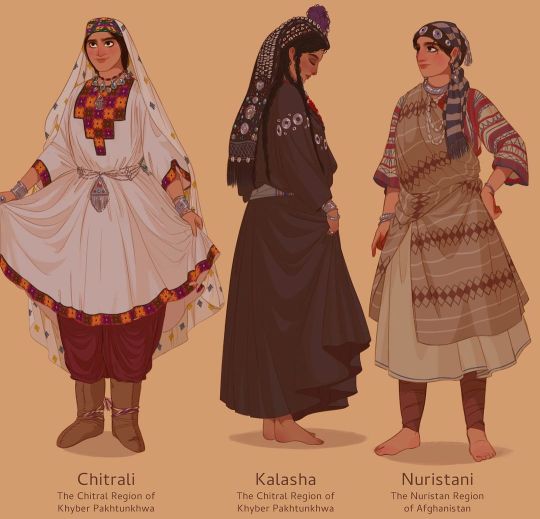
Arsalan Khan
#arsalan khan#arsalanactual#art#south asia#indus river#indus valley#pakistan#india#afghanistan#kashmir#tradition#clothes
1K notes
·
View notes
Text

"Once a year, the eyes of the nation turned to this tiny hamlet in Western Pennsylvania to watch a master at work. The Master? Punxsutawney Phil, the world's most famous weatherman. The groundhog. Who is legend has it can predict the coming of an early Spring. So I guess the question we have to ask ourselves today is. Does Phil feel lucky?"
930 notes
·
View notes
Text

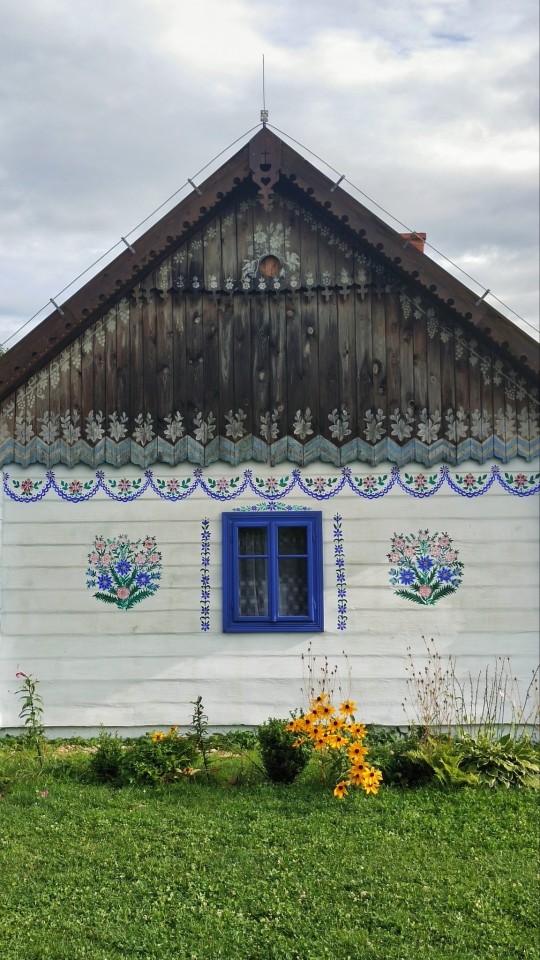
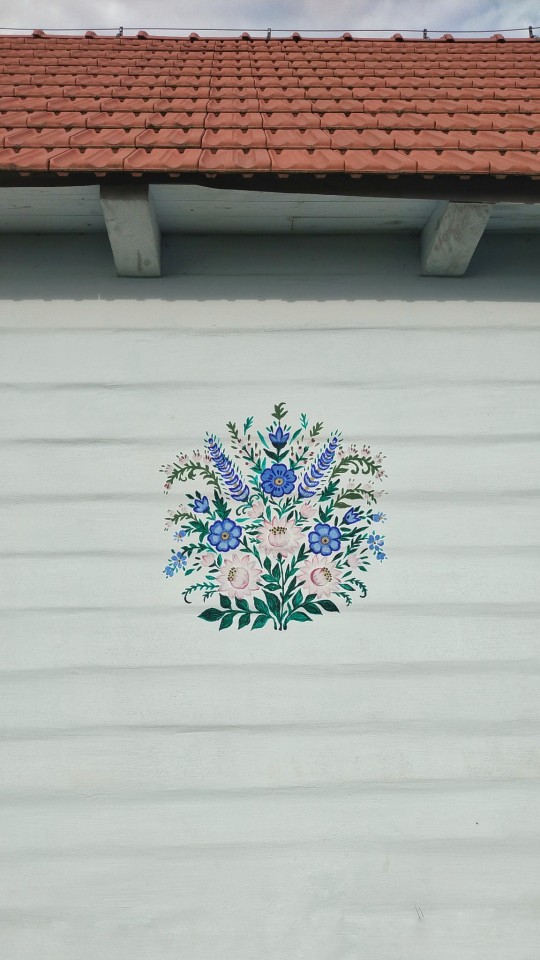
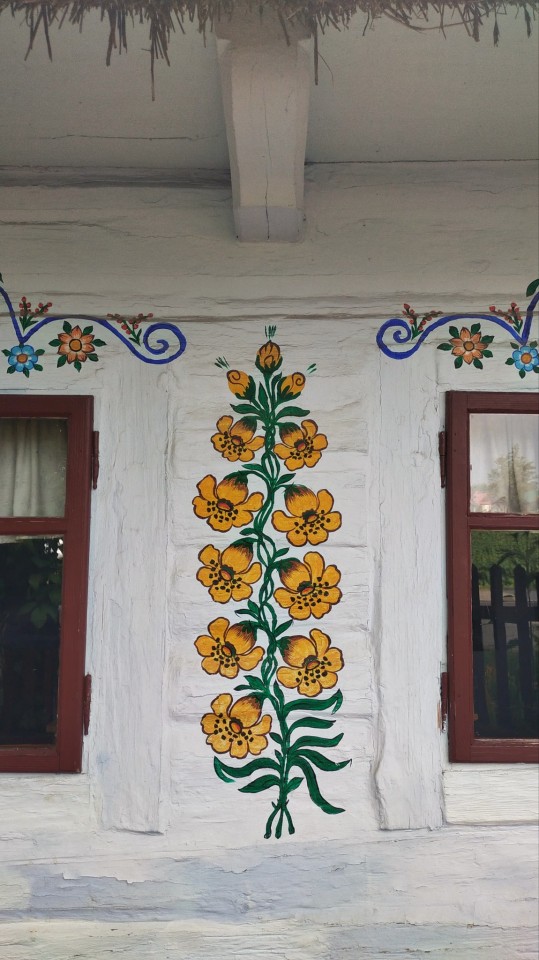

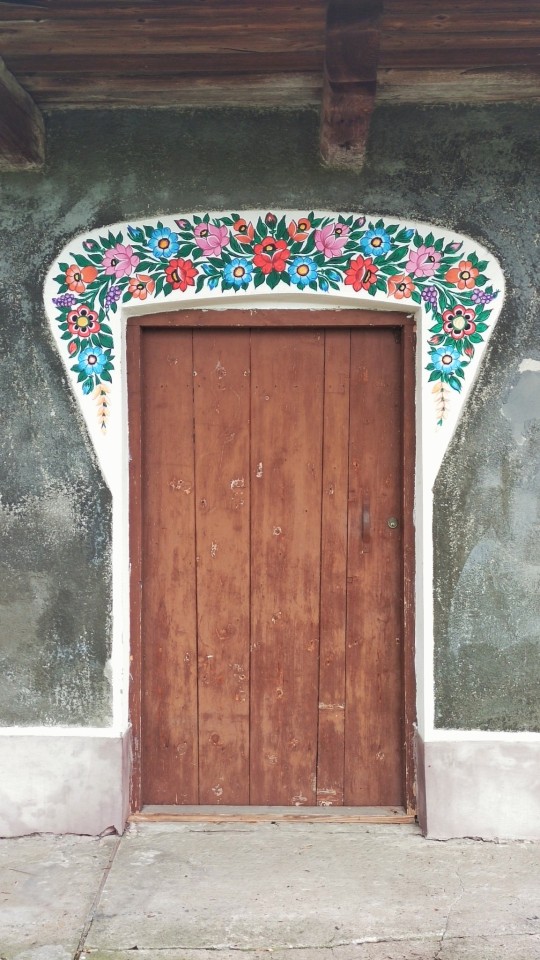
The village of Zalipie, Poland.
#slavic#poland#polish#slavic folklore#folklore#folk art#polska#zalipie#art#architecture#painted house#paint#flowers#flower art#tradition#eastern europe#europe#photography#polish folklore#polish art
1K notes
·
View notes
Photo

Do European Countries Have a Tradition Of Removing Shoes At Home?
by creative.wam
647 notes
·
View notes
Text

Okay, I will try to explain this topic as well as I can. I will preface this with the fact this comes from personal experiences, and that they may not apply for everyone who has ties to this culture, but let's get to it:
What's the issue with Fortune tellers / "Exotic" circus performers, sexualized belly dancers and other forms of orientalism/Romani depictions?
So, as someone in the TTRPG world (specifically, the DnD community), this sort of trope is seen quite a lot. From the portrayal of Vistani (which has been tried to be fixed, but not... too well), to player characters in home games, as well as popular canon characters and podcasts, it's got quite normalized. Most of these tropes are based on Romani, which is a widespread ethnicity present all across the globe. Now, it feels almost strange to call it orientalism, given how Romani have been in Europe since the Middle Ages, even though they do have roots outside of Europe.
Romani face one of the biggest diaspora in the world: You will find Roma people under many names in very different countries, with cultures and traditions that can clash heavily. Their numbers can range from few hundred in some countries, to over a million in those they have a biggest presence. My own experience is tied to Spanish Roma, known as Gitanos, which is where my mother's side family comes from.
Gitanos are a widespread group, although they're most numerous in the southern part of Spain, Andalusia, where their presence has shaped the culture. Flamenco is thought to have been born from Gitano culture, and it has been adopted as a staple of the Andalusian identity, and the whole of Spain. Gitanos are hard to understand as their own ethnicity in Spain: There's been centuries of Gitanos and Spanish people mixing, and the average Andalusian is quite tan to start with (given Muslim presence there has also been pretty firm). It means it can be hard to "clock" a Spanish Romani person from a non-Romani one. It means you can find Romani people most would consider white, at least by Spanish standards. Most of the discrimination Gitanos face is cultural (and the whole ordeal can be a bit harder to explain from a more US-centric view).
Now, even when Gitanos have influenced Spanish culture a lot, they still face plenty of discrimination. They are one of the most marginalized groups out there. Laws have discriminated against them for centuries, on and off, which have put them in poverty. And poverty often develops into criminality, which has only seeded the idea that Gitanos are criminals, "lowlies", the bottom of society, "uncivilized", etc. Now, here comes a bit of my own experience with this.
My entire family is Andalusian, but both sides moved from there (the south) to Catalonia (north-east) in order to find a job during the Francoist (fascist) dictatorship. I won't get much into the specifics of the Catalan vs Andalusian beef because that's a bit of a massive topic too, but the important thing here is: My mother's side is Romani. My grandma faced some horrifying forms of discrimination, including the theft of her first child during the fascist dictatorship, which was taken from her by nuns (who ran hospitals at the time) to be placed into a "proper" family. (This is something that happened repeatedly at some hospitals during these times).
Now, she had two other children: My mother and my aunt. My aunt remained closely knit to Romani culture, and took part in it, which included marrying a Romani guy. She always did her best efforts to be part of it. I know she was into some culturally-related dances, which included some forms of bellydancing (which is also partially tied to Roma culture). But my mother decided she'd rather cut ties with her culture and become "civilised", by abandoning said culture.
This isn't too uncommon for Gitanos, to be honest. I've met a few people who come from similar backgrounds through my life. One of them was in university, where a fellow classmate gave an oral exposition about how his family had done a great job at "becoming civilised" by cutting ties with their own Roma roots. My university was a fairly progressive space, but no one batted an eye at that: The sheer hatred of Roma culture runs so deep even people who normally abhor racism and xenophobia consider Gitanos to be worth the hate.
There's a social pressure to do that, too. Everyone "knows" Gitano are criminals. I can't really even begin to explain how deeply does this sort of discrimination run. Roma are amongst the most hated minority groups in all of Europe (as well as most of the world). You will find that even in very leftist circles. People will try to erase the fact Roma have their own culture, and just make the world equal to "criminal", call them gy***** (which is a slur, btw), and detach them from being an actual culturally (and often racially) distinct group.
Now, this is only empowered by how media has taken our culture (it is almost hard for me to call it "our", given how much my mother ensured to take that away) and made it into a bad trope. Growing up, I was told my aunt was a sexual deviant who partook in indecent dances. Bellydancing is often seen as something very sexual (Wasn't, in origin), very unfitting. In media, bellydancers veer on the side of being a f*tish, and the common trope is the "bellydancer who seduces people in power for their own benefit". There's also the whole idea of shady fortune tellers and other magical tropes, that sort of weird mysticism that falls rapidly into orientalism. The idea that Roma will hex you, curse you, place an "Evil Eye" on you. And also the idea of travelling circus, people who perform in them being again full of that alluring exoticism, but beware! For they will enchant you, steal from you and run some massive criminal schemes on the way.
Now, when every tie a culture has on media is portrayed in a negative light, it's much harder for that culture to recover any sort of respect from the general populace. And that includes even people who are part of said culture, or people who have been removed from it. It has taken me so many years to unlearn a lot of these biases and realize where it has come from, and now I'm far too distant and far away from my grandmother to actually ever significantly connect to my heritage.
I've had the opportunity to witness what Romani culture is actually about, as I used to live with my grandmother during summers. A lot of the "mysticism" she took part of was actually about wards and protection. A lot of them were actually medicinal in nature, even if others were more superstitious. Red thread in the forehead for sickness and protection to curses, parfums (which contained alcohol or other antiseptics) on wounds, that stuff. My aunt was never a "sexual" deviant, she was keen on recovering and partaking on traditions from a culture that is slowly disappearing. The entire "promiscuous" idea is bullshit, Gitanos place a massive amount of power to marriage and loyalty. I had the luck to witness my cousin's marriage, which was a festivity like none other I had seen in my life, a colorful spectacle full of the most delightful attires, and my mother was whining the entire time over about how it was all an "uncivilised circus".
Now, this is why representation in media is key. Roma culture is broken into a thousand pieces and lost with every passing day. When someone decides to write an ambulant circus performer/fortune teller clad in exotic clothes full of golden jewellery, writes them as a criminal and makes the entire thing extremely sexual, they are feeding into the negative stereotypes about Roma.
Now, there's a lot of people who aren't even aware what culture does that trope even actually come from. I've seen people draw characters clad in Romani attires (often in, uh, rather pin-up or sexual contexts) and claim they're inspired by "x piece of media", where the trope is portrayed in the first place. I literally saw someone make a drawing in that way and call it "inspired by x (non-Roma) artist" instead of acknowledging where does all that come from.
I'm not asking people to not portray Roma people in media. Far from that. I just wish representation was better. Good representation is key towards making a culture seen in a more positive light, and teaching other peoples about it, and making people from said culture resonate with it. The very few times I've seen positive representations of Roma I've felt a bit of that connection with something that was taken from me. I want people to do a bit of research before giving a try to a Roma-coded character. Make an effort to not make Roma always the morally dubious fortune teller, the exotic alluring circus traveller, the bellydancer seductress. It's hard for Romani to produce widespread mainstream media because of how impoverished most communities are (because of the systematic discrimination Roma face all around the world), so the least non-Roma people can do is to be kind when they use their voice to talk or represent us.
I know this is a massive post, and I'm tagging it as "long post" for that reason, but I hope it is helpful for people. Feel free to ask or add your own experience if this is something that resonates with you too. Ask away if you want. I've been wanting to tell a bit my own personal experience, as this has always been a hard spot for me, and even if just a handful of people read this and understand what is this all about, I think it will have been worth it.
#roma#romani#gitano#romani culture#representation#culture#folk#tradition#people#spain#spanish#romani in media#bellydancer#bellydancing#fortune teller#dnd#vistani#long post
2K notes
·
View notes
Text

🔸Serbian girl dressed in serbian traditional clothes from Central Serbia 🇷🇸
🔸Time : 1870s
#serbian#balkan#europe#serbian beauty#serbian traditional clothes#serbian folklor#slavic#serbian women#serbian tradition#Serbian culture#Culture#Tradition#Folklor#19th century#19th century Serbia#serbian aesthetic#central serbia#Centralna Srbija#Srbija#Srpkinja#Narodna nošnja
302 notes
·
View notes
Text


#april fools day#pranks#jokes#humor#tradition#lmao#funniness#laughter#comedy#hilarious#funny moments#laughter therapy#humor therapy#smiles#laugh out loud
239 notes
·
View notes
Text
The Sisters of Aquinas chant Adoro Te Devote
“Devoutly I adore thee, O hidden Deity”
5K notes
·
View notes
Text

In Botiza women use pigments extracted from plants, flowers and bark to colour their wool. Preferably the pigments of summer flowers are used, because the spring-pigments contain to much water - Mick Palarczyk
#romania#rural romania#traditionalism#wool#wool carpet#coloring#plants#flowers#bark#textile art#traditional folk#folk art#folk culture#natural#pigments#eastern europe#europe#tradition#ancestors
2K notes
·
View notes
Text
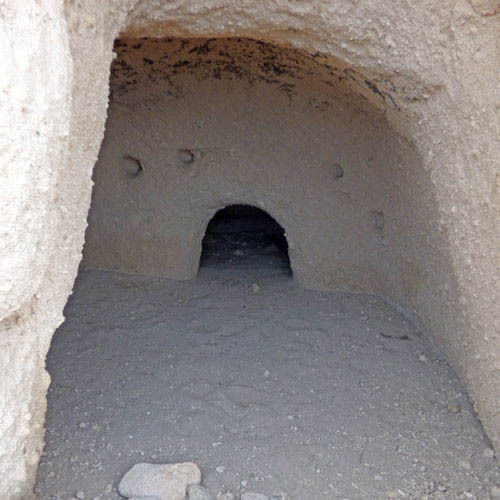
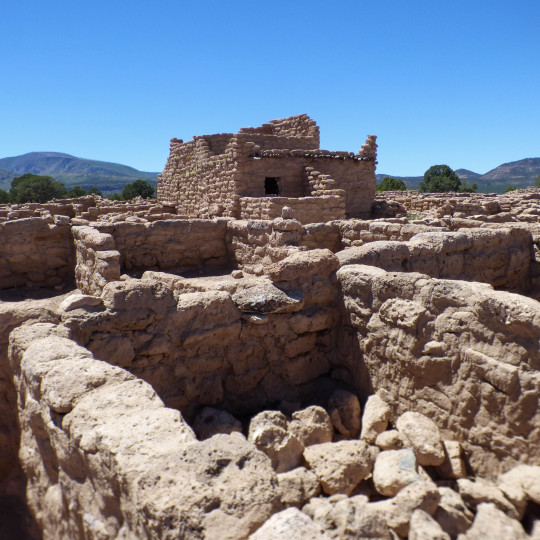
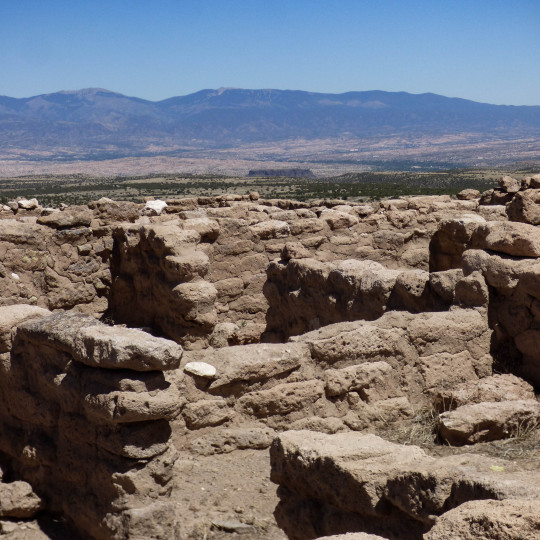
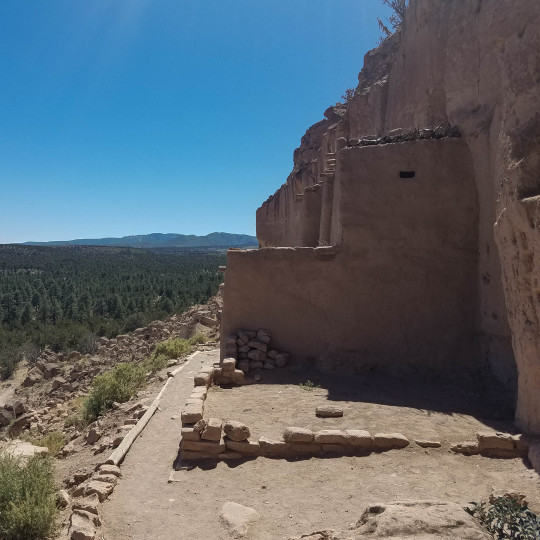

Puye was one of the ancestral villages of Santa Clara, San Ildefonso and Ohkay Owingeh Pueblos, occupied from about 900 AD to 1580 AD. The site was declared a National Historic Landmark in 1966. There are extensive ruins at the base of the cliffs and on top of the mesa, with outstanding examples of early Pueblo architecture and stunning panoramas of the Rio Grande valley. The sheer number of cliff dwellings at Puye, and how far they extend, is overwhelming, indicative of a large community.
#roadtrip#NativeAmerican#Puebloan#history#heritage#tradition#culture#daytrip#virtualtravel#NewMexico#historygeek#offthebeatentrack#leavenotrace#joltyourjourney#earthshotz#rockart#petroglyphs#indigenous#archaeology#anthropology#originalcontent#photography
386 notes
·
View notes
Photo
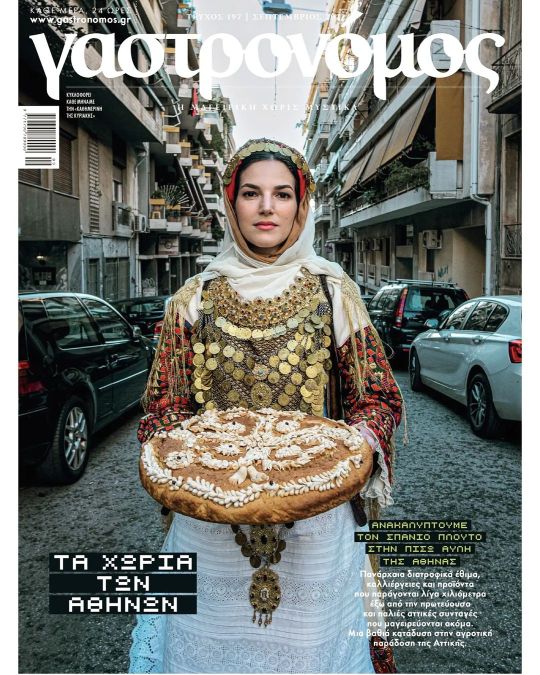
A cover photo from the Greek culinary magazine “Γαστρονόμος” (=Gastronome). featuring old traditional recipes from rural Attica. The photo was taken by Michael Pappas.
#greece#tradition#culture#traditional clothing#folk clothing#traditional dress#folk dress#historical fashion#arvanite clothing#food#pie#greek culture#greek cuisine#large
560 notes
·
View notes
Text

Indian making offrands to the Statue of Gomatheswara, Karnataka, India
208 notes
·
View notes
Text

Time for the yearly 4th of July tradition of loading that Fallout 3 Liberty Prime save and enjoying the "fireworks".
#fallout#4th of july#fourth of july#vault dweller#cat cosplay#cosplay#cats#kitty#cats in costumes#cat#fan art#cat costume#cats of tumblr#aww#pip boy#the lone wanderer#fallout 3#liberty prime#tradition
945 notes
·
View notes
Text
"We saw the fire--" Carrot began, running up. "Is it all over?"
"Mr. Vimes saved the day!" said Sergeant Colon excitedly. "Just went straight in and saved everyone, in the finest tradition of the Watch!"
"Fred?" said Vimes, wearily.
"Yessir?"
"Fred, the finest tradition of the Watch is having a quiet smoke somewhere out of the wind at three a.m. Let's not get carried away, eh?"
Terry Pratchett, Jingo
#carrot ironfoundersson#sam vimes#samuel vimes#fred colon#jingo#discworld#terry pratchett#the watch#law enforcement#tradition#expectations#realism#smoking#dramatic moment#he saved the day#the finest tradition of the watch
390 notes
·
View notes